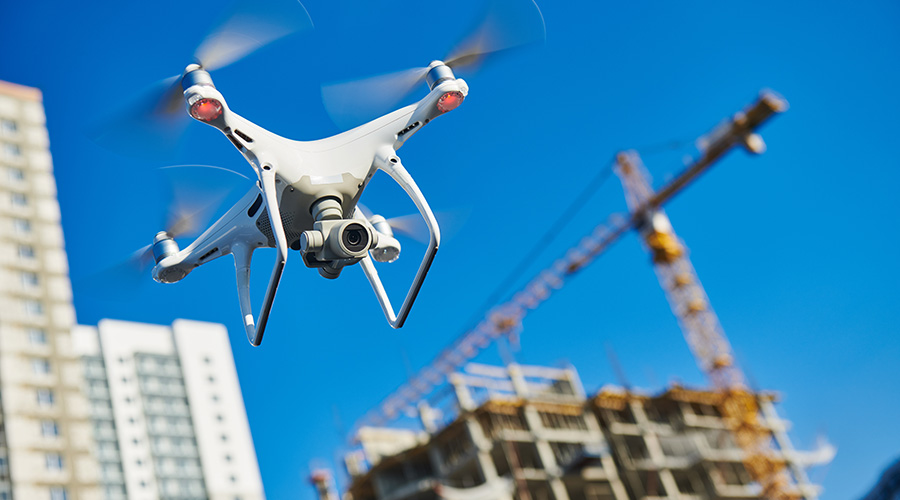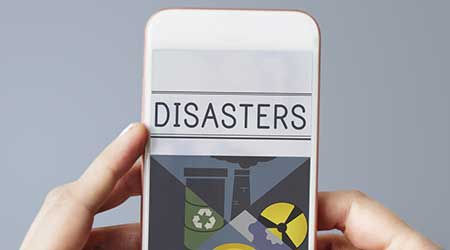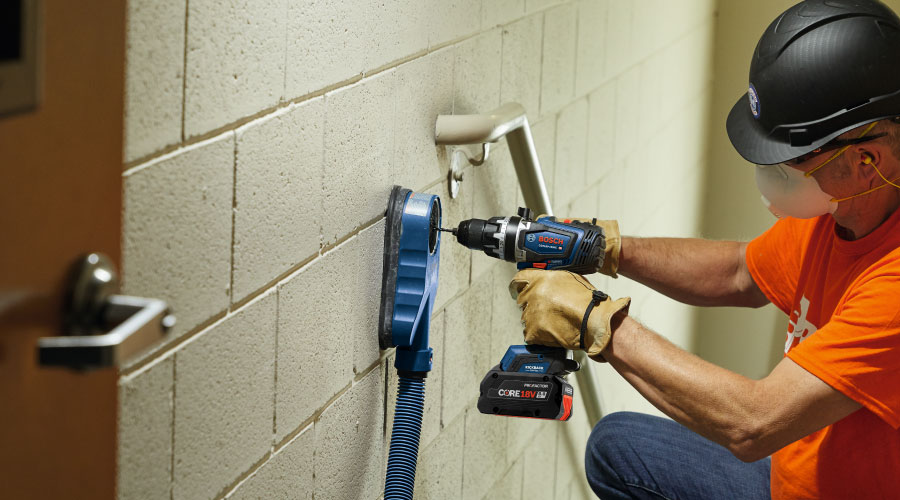What's Next in Mass Notification Systems?
Modern mass notifications are more powerful and feature-rich than ever before. And we're still just scratching the surface of what might be possible.
The goal of every mass notification system is consistent and clear: In the event of an emergency, everyone under threat emerges from it safe and sound.
Setting such a profound goal is easier than achieving it. The good news is that new and emerging technologies — such as cloud technology, the Internet of Things (IoT), geographic information systems (GIS), artificial intelligence (AI), and advanced data processing — are positioning the mass notification system to expand its part in achieving its objectives.
We’ve already come a long way — the earliest mass notification systems were things like giant plumes of smoke billowing out of a neighbor’s house. That was upgraded with signs, bells, messengers on horseback, and other local community efforts. Electronics advanced the cause in stages until one of the first true “mass” notification systems was implemented in 1963, and the words, “This is a test of the Emergency Broadcast System,” were heard by millions of Americans nationwide, all at the same time.
Modern mass notification systems are much more powerful and standardized, and comprised of five layers: 1) physical, where data is collected from sensors and other hardware, users, and external sources (like the National Weather Service); 2) data aggregation, where the collected data is consolidated; 3) system automation, where the consolidated data is analyzed; 4) data orchestration, where the analyzed data is routed for action; and 5) presentation, where the orchestrated action is manifested publicly in the form of alarms, digital communications, voice announcements, social media, and more. Like most aspects of the tech world, each of these layers is in the midst of innovation and disruption.
Currently, at the most basic level, the International Fire Code (IFC) and the International Building Code (IBC) mandate the details of the emergency systems required for facilities. The National Fire Protection Association’s fire alarm and signaling code (NFPA 72) describes how to implement the IFC and IBC codes for detection, signaling, and communication solutions for threats such as weather emergencies, terrorist events, and biological, chemical, and nuclear emergencies. Beyond the well-known emergency signals like sirens and flashing lights, modern systems are just beginning to leverage VoIP handsets, desktop displays, mobile devices, cable television override, digital signage, and blue-light phone systems to provide ongoing information on current threats and recommended responses.
Mass notification system areas can be localized to a single building, or be broadcast more widely to a community or region, so standardization and protocols are two of the main current challenges. However, with enough collective will such standardization can be achieved. As an example, FirstNet, an independent authority within the U.S Department of Commerce, is building a nationwide broadband network that will migrate first responders from the current 10,000-plus separate and incompatible radio networks to one network that crosses jurisdictions.
Related Topics:














